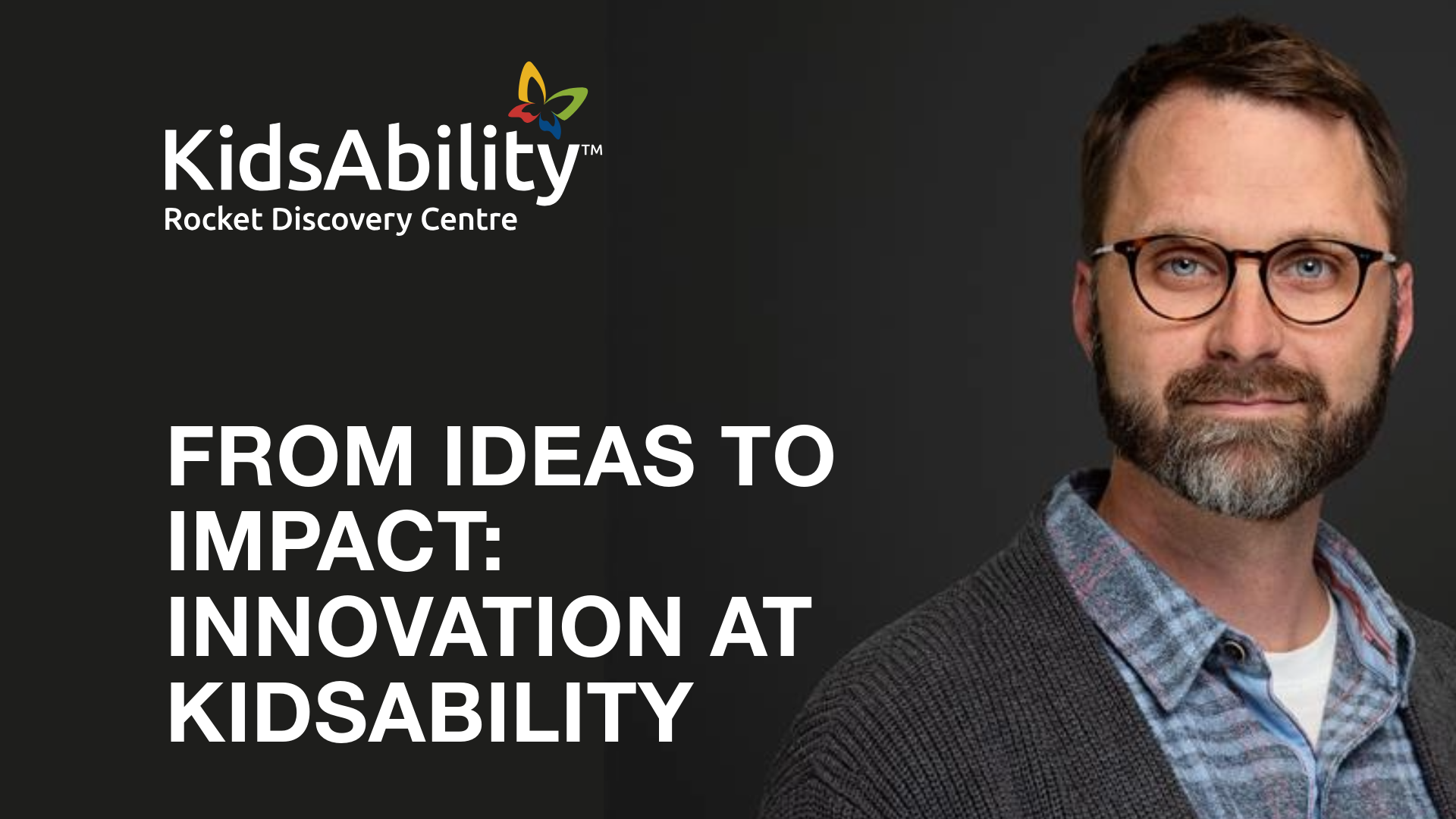Do you know the difference between Scrum, Agile, and Kanban? It can be challenging to differentiate between the three and even more difficult to choose the right project management tool to guide your project through to completion.
Our team attended a workshop with Rehana Rajwani, a Toronto-based leadership coach and agile practitioner, to help us under how these different frameworks can be applied. Here’s a look at what Scrum, Agile, and Kanban mean in project management, how they differ, and how to choose the right approach for your project.
What is Scrum?
Scrum is a framework under the Agile methodology. The framework involves a cross-functional team working iteratively to deliver a product within a specified timeframe.
“Oftentimes people will think scrum is a method and agile is a framework,” said Rajwani. “The difference is that agile is more of a philosophy. It’s a methodology with lots of frameworks under it.”
Scrum is a framework, which means it’s prescribed. There are rules to implement and a discipline to follow them. Everything falls under the larger umbrella, which is the Agile methodology. In this framework visualization below, gold represents an artifact (a document or database), while orange represents an event.

Backlogs
The product backlog holds everything the team knows that they want to build out in the product. The sprint backlog is a shorter version of the product backlog. It contains the highest priority items that have been mutually agreed on as things that can be completed in the timebox. Sprint planning is the event that allows this to happen.
Sprints
Sprints are accompanied by daily standups as well as backlog refinement. Daily standups don’t have to be restricted to a project. Our team has a modified version of a daily standup where each BitBaker talks about what they’ve been working with their clients.
In our standups, each team member has the opportunity to share what they accomplished the previous day, what they plan to accomplish that day and if they are facing any challenges. This gives the team an opportunity to incorporate feedback and solve problems right away.
Backlog refinement is not mandatory, but is helpful to make sure the team is still prioritizing items in the backlog as the product evolves.
Potentially shippable product increment
These are sometimes referred to as a working product. At the end of the sprint the goal is to have some sort of product that works, even if it’s not finished. “You’re not trying to boil the ocean in one go,” said Rajwani. “Deliver a piece that works within that time period before moving on to the next piece.” By shipping out in increments you are also mitigating risk and gaining valuable feedback to improve the quality of your product.
Sprint reviews and retrospectives
Sprint reviews and retrospectives give teams the opportunity to share feedback, celebrate successes and talk about opportunities to make improvements in the future.
“It’s important to note that these feedback sessions should not just be all the good news all the time, you have to be transparent to everybody, even external stakeholders so everyone understands the full scope of the project,” said Rajwani.
Scrum roles
One of the reasons the scrum framework performs so well is that not only is it a defined framework, it also lays out defined roles for the team:
- Scrum master: acts as the guardian of the process, protects the team from distractions, is a servant-leader role model and removes any blockers.
- Product owner: owns the backlog, helps prioritize work, represents all stakeholders and removes blockers.
- Team: made up of 3-9 independent “doers” in a cross functional team. The team raises issues of blockers and removes blockers where possible..=

“At the base, there are scrum values that hold everything together. It’s very human centric,” said Rajwani. “With these values and communication, you will continuously improve your team dynamic and productivity.”
Rajwani’s professional background makes her an expert in agile methodology, as well as an excellent facilitator. When asked how she became such a great facilitator, Rajwani goes back to childhood where her observational skills and interest in human behaviour lead her to public speaking and debate club, teaching her to be quick on her feet by watching the audience for feedback on how to keep them engaged.
“There are a lot of similarities between facilitation and scrum,” said Rajwani. “You spend a lot of time preparing for each event, having conversations, gathering feedback, asking the hard questions and practicing courage. “I’m not afraid of people not liking what I have to say, this makes it easier to speak your mind.”
These similarities are played out directly in Rajwani’s life as she balances her full time day job, her coaching business, her role as chair person on the Aga Khan Education Board of Ontario as well as spending time with her family. “I practice what I preach where I can, timeboxing my everyday life, getting feedback from my family and delegating where I can,” said Rajwani.
Much like Rajwani’s life, when tackling a project with so many moving parts, it can be helpful to set up a process that is more flexible – something like Kanban.
What about Kanban?
Kanban has six core practices and 130 sub practices. While scrum is a lot simpler, Kanban can be applied to a lot more processes and doesn’t require team reorganization to begin. Here are the core practices and touch on some basic Kanban cadences:
- Visualize the flow of work
- Limit WIP (work in progress)
- Manage flow
- Make process policies explicit (ex. Setting a WIP limit)
- Implement feedback loops
- Improve collaboratively and evolve experimentally using the scientific method
These practices can be expressed in similar ways to scrum with daily stand-up meetings, weekly refinement meetings, bi-weekly service delivery reviews, delivery planning meetings, monthly risk and operations reviews and quarterly strategy reviews.
Should I use Scrum or Kanban?
There are a lot of commonalities between the two such as constant communication, feedback loops, visualities (Scrum and Kanban boards are often the same) and each require a process expert (Scrum Master, etc.)
According to Rajwani, Scrum is better suited for innovation projects where Kanban is more suited for service delivery. Scrum has a prescribed time length, where Kanban does not. "If you're trying to get a team together and need innovation, scrum is a good way to operate. Create a cross functional team and go ahead. But if you don't have innovation and need to deliver day by day, week by week where you need "flow", Kanban is a good way to go", said Rajwani.
Metrics
“If you can’t measure it, you can’t improve it.” – Peter Drucker
Once you choose a process, it’s important to measure it. To measure success, think of the three Ps – people, product, process.
- Peoplesome text
- Team health
- Overtime per sprint
- Technical debt
- Employee turnover
- Employee absence
- Leader 360s
- Product Qualitysome text
- Customer KPIs
- Testing coverage
- Regression defects
- Business value burn up
- Processsome text
- Cumulative flow; burn down
- Cycle time (per story, per release)
- Velocity ratio over time (number of points finished per sprint)
- Committed vs. completed points
- WIP (work in progress; n-1)
Scrum is a framework underneath a large umbrella of agile methodologies. While there is so much to explore under this umbrella, we hope this was a good introduction to the Scrum framework and its uses.
Interested in learning more about Rajwani’s work and how she can help your team? Get in touch with her by visiting her company website or book an intro call with her to chat individual and group coaching sessions, building high performance teams, public speaking and more.




